Types of Machine Vision Lenses
This is Section 6.1 of the Imaging Resource Guide.
Throughout the prior six sections of the resource guide, an understanding of imaging lenses has been slowly built up, piece by piece. From understanding the basics of angular field of view (AFOV) and resolution to learning about modulation transfer function (MTF) and what variables impact lens performance, the story of how a lens fundamentally behaves has been laid out. This section aims to bring everything from the prior sections together for the confident selection of an imaging lens for any given machine vision problem.
Imaging lenses are a complicated and nuanced component in imaging systems, and it is not always straightforward which decisions to make when it comes time to choose a lens and what tradeoffs are made as a direct result of those decisions. Lens specification sheets (or datasheets) vary between manufacturers, which can make comparisons a daunting task. Oftentimes, however, the problem is not as complicated as that, as it can be challenging enough to determine even the type of lens that is required for a particular application. Is a fixed focal length lens the best choice? What about a zoom lens? Or a telecentric?
This lens selection guide is broken into three distinct parts. This app note, which is the first section, Types of Machine Vision Lenses, answers the question: what kind of lens do I need for my application? For the purposes of this text, lenses will be divided into one of two buckets: a variable magnification lens or a fixed magnification lens. It describes these different types of lenses and what they are useful for. The second section, Basic Lens Selection explains how to make an informed lens selection when a camera has already been chosen, which is often the case. This section focuses on lens selection by emphasizing the importance of comparing the needed field of view (FOV), set by application requirements, to the FOV specification on the lens data sheet, given the working distance (WD) or other constrained parameters. The final piece, Advanced Lens Selection, explains how to choose a lens alongside the camera, which is important if the application is to be properly optimized in terms of cost and performance. It discusses pixel mapping and contrast reproduction of features on the pixel level of a camera.
It is important to read (or have prior understanding of) the previous six sections of this text before jumping into this section, as it will discuss previously learned concepts without going into any background detail. An understanding of the prior sections is particularly important for Advanced Lens Selection.
Types of Variable Magnification Lenses
Fixed Focal Length Lenses
Fixed focal length lenses known by many different names: prime lenses (common in photography or cinematography), FA lenses (where FA typically stands for factory automation), or simply as machine vision lenses. They are the most common types of lenses that exist in machine vision; as a good rule of thumb, if a lens is referred to as a single focal length (e.g., a 25mm lens), it is typically a fixed focal length lens. As explained in Understanding Focal Length and Field of View, fixed focal length lenses have a fixed AFOV. These lenses can still focus at different WDs, which is most often achieved by moving all of the individual lens elements together such that the relative spacing between them does not change.
Figure 1 shows a 75mm focal length fixed focal length lens focused at two different distances. While the spacing between each element does not change as it focuses, the distance between the image plane and the last lens element varies a great deal. The top lens is focused at optical infinity, and the bottom lens is focused at a 200mm WD.
It is important to remember that true fixed focal length lenses will always behave as in Figure 1, though some lenses exist that have a “floating element focus,” where the relative element spacing does change through focus. This spacing change does impart a change in the focal length of the system, though it is usually not enough to classify them differently.
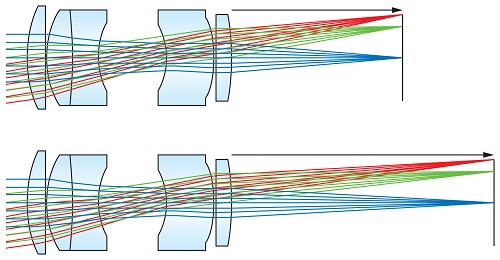
Figure 1: A 75mm double gauss-type fixed focal length lens focused at two different WDs. Note that the spacing between each element did not change as WD shifts.
Fixed focal length lenses should be used for the vast majority of machine vision applications, as they are flexible and have great performance. General parts inspection, barcode reading, biometric and document scanning, license plate reading, and other types of optical character recognition (OCR) or optical character verification (OCV) are all best suited for fixed focal length lenses most of the time. The AFOV that a fixed focal length lens has is a product of its focal length matched with its sensor size. As the focal length of a lens goes down, its AFOV increases. This occurs in a linear fashion; therefore, a 25mm focal length lens will have an AFOV that is twice as large as lens with a 50mm field of view FOV. Because these lenses can be focused at different distances and have different magnifications, they are classified as a variable magnification lens for the purpose of this document.
Zoom Lenses
Where fixed focal length lenses are designed to have a fixed AFOV, zoom lenses are designed to change their focal length, and hence their AFOV. Zoom lenses are ideal for applications that require the ultimate amount of flexibility during use and do not require high resolution; unless a FOV actively needs to change while imaging, it is likely not the best choice. When this is the case, stepper motors are required to change the focal length quickly and accurately.
Zoom lenses are specified as having particular zoom ratios, which can be found by dividing the longest focal length option by the smallest for any given lens. For example, if a zoom lens varies between an 8mm and a 48mm focal length, it is said to be a 6X zoom lens (48mm/8mm = 6X). This can also be expressed as a ratio: for the aforementioned lens it would be a 6:1 zoom ratio.
Figure 2 shows the same zoom lens set to two different focal lengths. Note that both relative element spacing and distance to the image plane change, despite the fact that the WD has not changed. These complicated mechanics add to the cost of the lens system, as precise movements are required to simultaneously change the lens’s focal length and keep it in focus. Also, zoom lenses cannot have as high a resolution as in a comparably priced fixed focal length lens, as the complex mechanics and optical elements are multitasking.
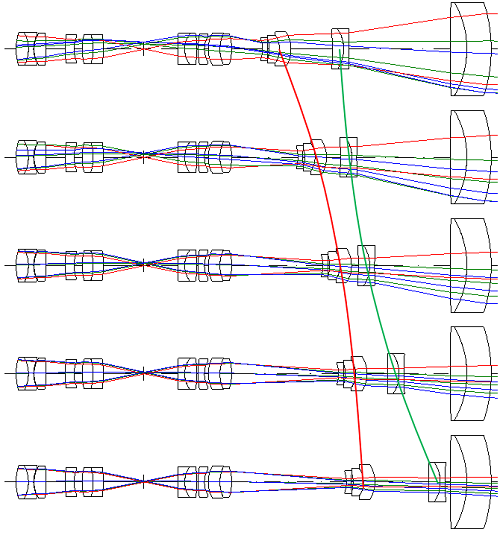
Figure 2: A zoom lens at multiple optical magnifications.
Zoom lenses not only attempt to get the best performance at a single focal length, but they are required to function over a broad range of focal lengths, which lowers their overall performance.
Other interesting optical properties may arise as a direct result of the complex movements in a zoom lens; depending on how the lens was designed, the f/# can change as the focal length changes. This type of design is typically avoided for photography or videography lenses, but for machine vision lenses this is often not the case. It is also important to recall from System Throughput, f/#, and Numerical Aperture, that the working f/# will still change as the magnification changes, resulting in different exposures.
By definition, as zoom lenses change their FOV, they remain in focus. If a lens is defocused as its focal length is changed, it is more accurately referred to as a varifocal lens, not a zoom lens. A zoom lens is chosen in much the same way as a fixed focal length lens, with the additional caveat that the focal length is a variable as opposed to a fixed parameter, which will alter the AFOV.
Types of Fixed Magnification Lenses
Telecentric Lenses
Telecentric lenses should be used any time a high accuracy measurement in a system needs to take place. They are highly specialized, fixed magnification lenses that come with many powerful optical capabilities. The working principles and advantages of telecentric lenses are discussed in detail in Section 4: Telecentricity and Perspective Error.
The selection of a telecentric lens is often thought of as more challenging than that of a fixed focal length lens, though this is almost always not the case, as will be seen in Basic Lens Selection.
Microscope Objectives
Microscope objectives are used to image very small objects, generally with magnifications much greater than 1X. They are fixed magnification optics that only function properly at a single WD, which is generally quite small relative to other imaging lenses. Microscope objectives should be used when a high magnification image is required and there are no strict minimum WD constraints.













 Previous Section
Previous Section 
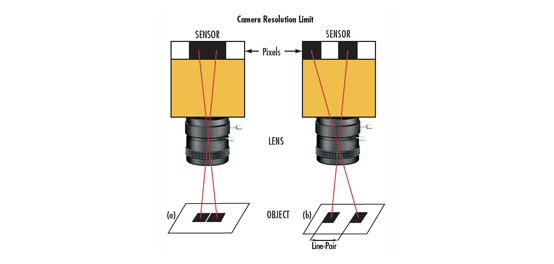
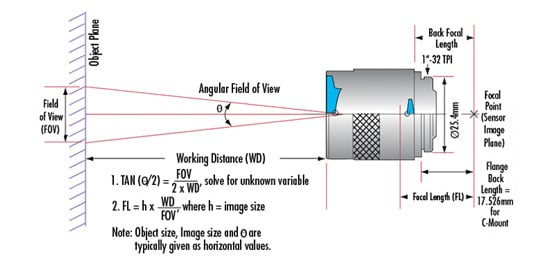
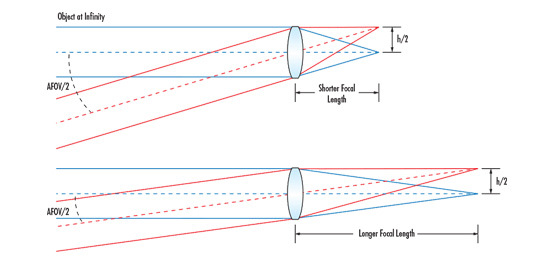

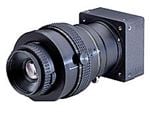
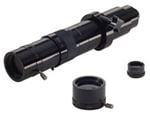
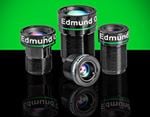

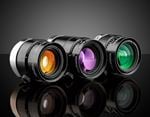
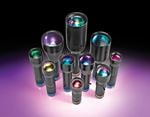
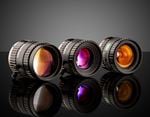
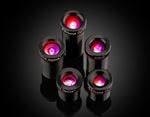
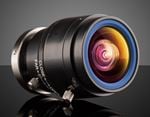
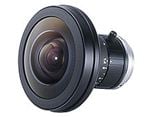
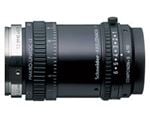
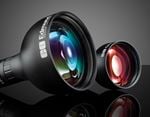
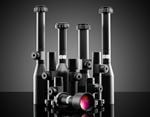
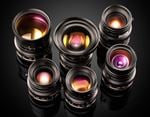
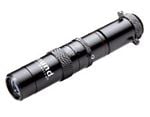
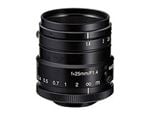
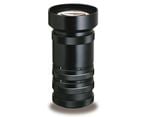

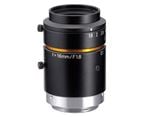
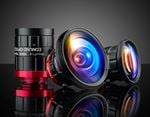
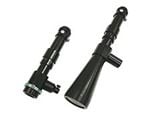
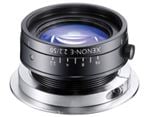
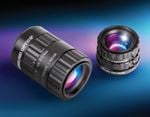
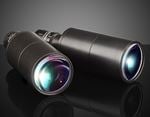

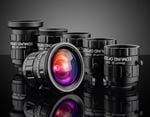
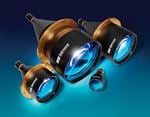
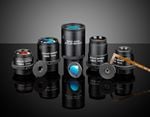
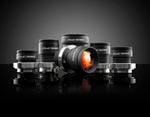
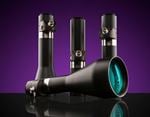
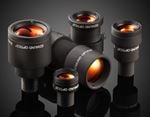
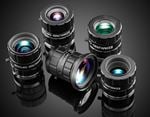
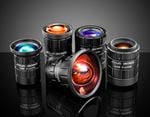
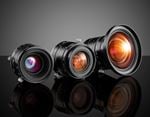
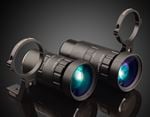
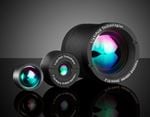
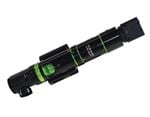
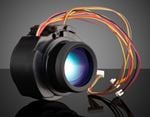
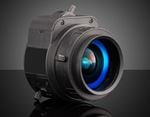
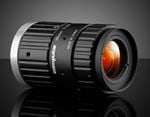
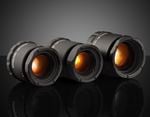
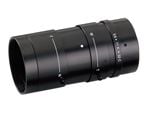
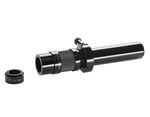
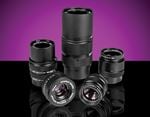
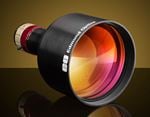
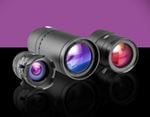
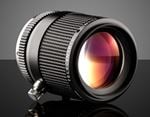
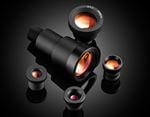
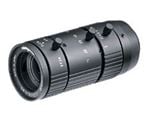
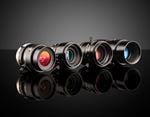
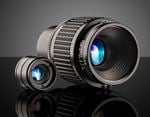
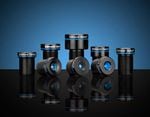
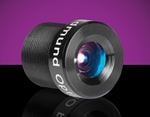
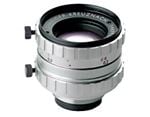
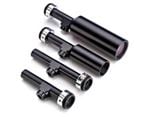
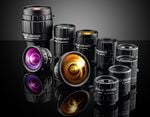
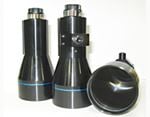

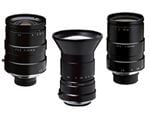
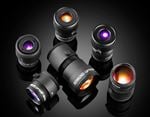
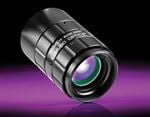
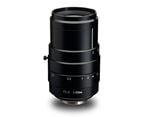
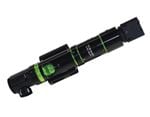
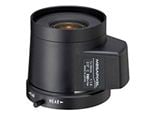
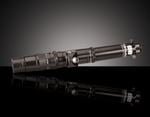
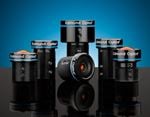
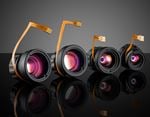

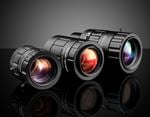
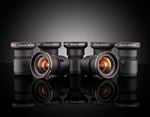
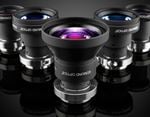
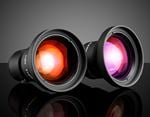
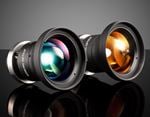
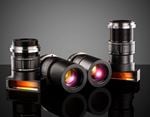
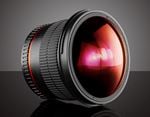
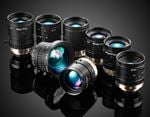
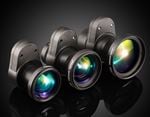
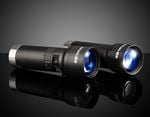
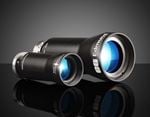
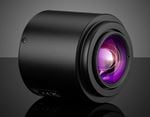
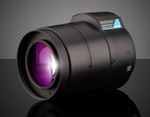
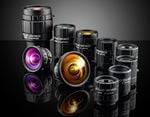
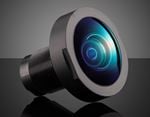
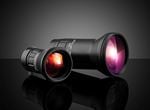
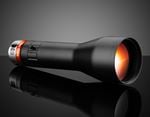
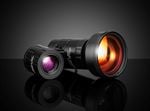
or view regional numbers
QUOTE TOOL
enter stock numbers to begin
Copyright 2023 | Edmund Optics, Ltd Unit 1, Opus Avenue, Nether Poppleton, York, YO26 6BL, UK
California Consumer Privacy Acts (CCPA): Do Not Sell or Share My Personal Information
California Transparency in Supply Chains Act